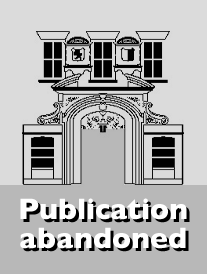We are now closed for the Christmas and New Year period, returning on Monday 5th January 2026. Orders placed during this time will be processed upon our return on 5th January.

Crime, Risk and Excitement examines the changing ways in which risk-taking and excitement have appeared as motives for crime, and as problems for both criminology and government. The rise of consumer society has produced major shifts in risk-taking. The 19th century ushered in a culture of risk avoidance for the masses: prudence and self denial were central, while excitement was a problem. Many traditional working class pleasures and ‘excitements’ - notably gambling, drinking and associated activities - came to be criminalised or condemned in the name of moral order. By the 20th century, however, the rise of an urban mass consumer culture began to challenge this, gradually making excitement a valued part of the good life for more than a tiny elite. As such, tensions have emerged, particularly as the easing of moral restraints has created new opportunities for risk-taking. Some of this has been normalised. Other innovations -such as street racing, bike gangs, rave parties and binge drinking - have been reframed as subterranean expressions of mainstream pleasures. At the same time, moreover, cultural diversification and gender equalisation have created new ways in which risk taking can be imagined and performed.
In Crime, Risk and Excitement, Pat O'Malley explores these shifts, along with the developments in criminology that have attempted to come to grips with them. Risk, he concludes, has to become the centre of a new politics: as a source of excitement and pleasure, and so as an expression of new ‘freedoms’, rather than new pathologies.